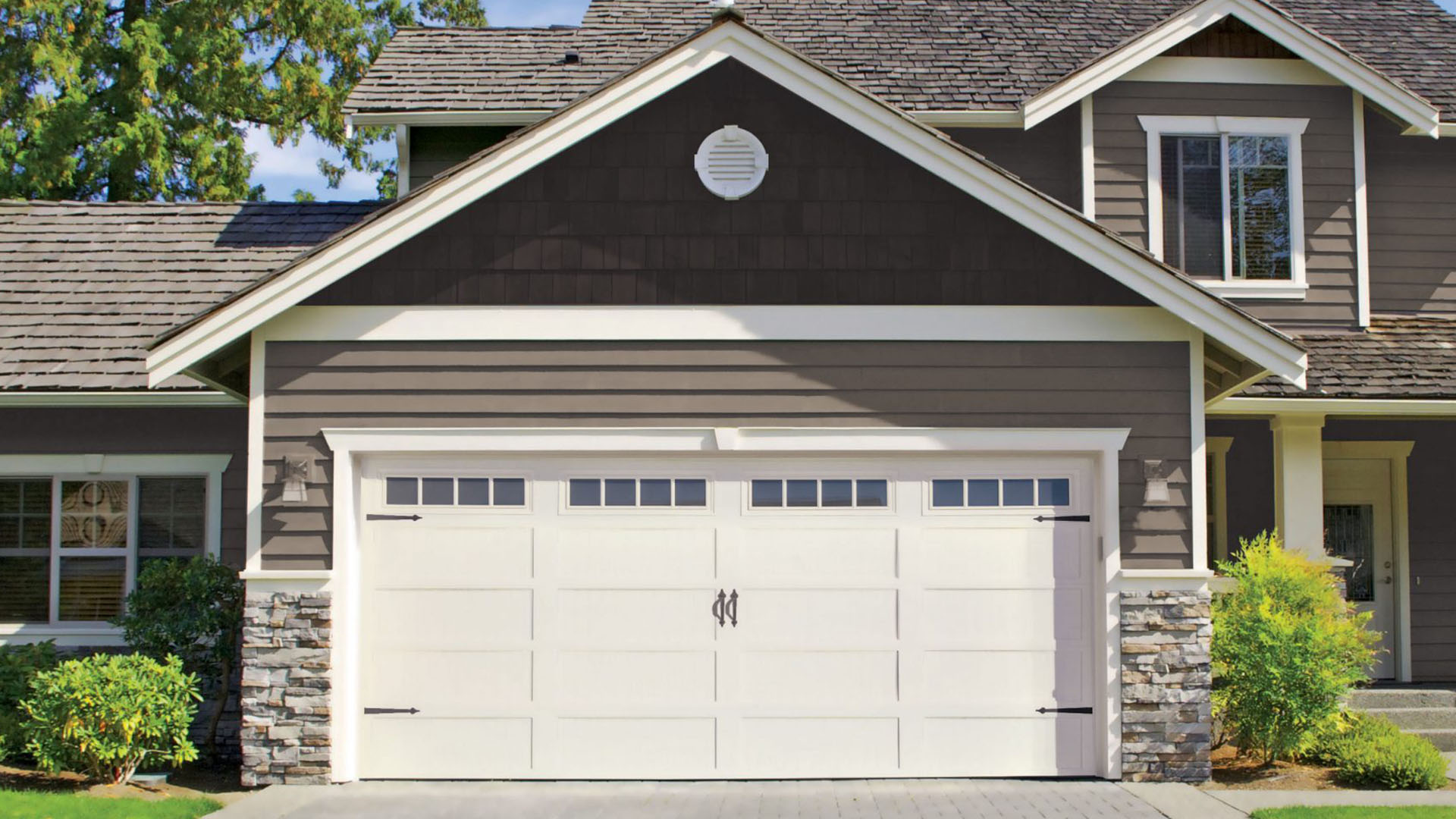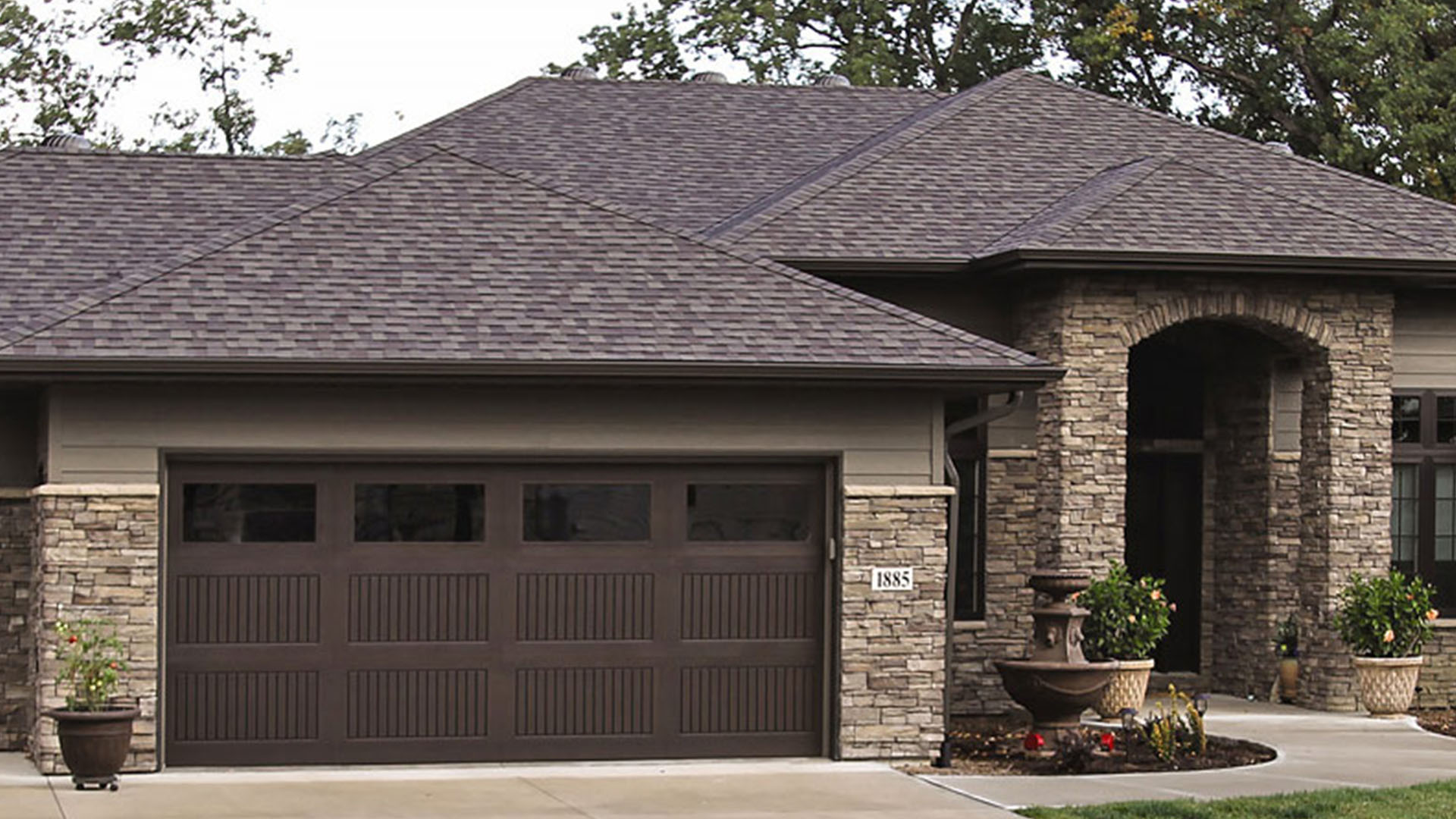
How Much Does It Cost To Replace A Spring On A Garage Door?
Introduction
Garage doors are essential components of modern homes, serving not just as entry points but also as critical elements of security, insulation, and aesthetics. However, like any mechanical system, garage doors can encounter issues over time. One of the most common problems homeowners face is a malfunctioning garage door spring. Understanding how to replace your garage door spring can save you both time and money. This comprehensive guide will walk you through everything you need to know about garage door spring replacement—covering costs, DIY advice, and purchasing options.
What is Garage Door Spring Replacement?
Garage door springs are crucial for lifting and lowering the heavy door smoothly. When these springs wear out or break, your entire garage door mechanism can fail. Garage door spring replacement refers to the process of removing worn or broken springs and installing new ones. There are two main types of springs used in residential garage doors: torsion springs and extension springs.
Types of Garage Door Springs
1. Torsion Springs
Torsion springs are mounted above the garage door opening on a metal shaft. They work by twisting to store energy when the door is closed and releasing it when the door opens.
2. Extension Springs
Extension springs are located on either side of the door tracks and stretch when the door closes. They serve a similar function but operate differently than torsion springs.
Why Replace Garage Door Springs?
Over time, both types of springs can wear out due to repeated use or environmental factors such as rust or corrosion. Replacing them promptly is vital for maintaining the safety and functionality of your garage door.
Signs You Need Garage Door Spring Replacement
Recognizing when your garage door springs need replacing can save you from more significant issues down the line.
1. Difficulty Opening or Closing
If you find yourself struggling to lift or lower your garage door manually, it’s a red flag that your springs may be malfunctioning.
2. Loud Noises During Operation
Unusual sounds such as banging or popping during operation often indicate that your springs are under stress or have broken.
3. Visible Damage
Inspect your springs regularly for signs of wear such as gaps in coils (for torsion springs) or stretching (for extension springs). Any visible damage warrants immediate attention.
4. Uneven Movement
If one side of your garage door rises faster than the other, it could mean that one spring is failing while the other is still operational.
Cost Factors in Garage Door Spring Replacement
The cost associated with garage door spring replacement varies widely based on several factors:

1. Type of Spring
Torsion springs generally cost more than extension springs due to their complexity and durability.
2. Professional vs DIY Installation
Hiring a professional will incur labor costs in addition to materials, while DIY installation requires only material costs but may involve additional tools if not already owned.
3. Brand Quality
Higher-quality brands may charge more upfront but often last longer, reducing long-term replacement frequency.
DIY Garage Door Spring Replacement: Is It Safe?
While many homeowners opt for professional help when it comes to garage door spring replacement due Neighborly Garage Door Pros to safety concerns, others take on this task themselves.
Safety Precautions for DIY Replacement
Before attempting any repair, it's crucial to prioritize safety:
- Always disconnect power before starting.
- Use safety glasses and gloves.
- Have a sturdy ladder if needed.
- Consider having a helper present during installation.
Tools Needed for Garage Door Spring Replacement
If you're venturing into DIY territory, here's a handy list of tools you'll need:
| Tool | Purpose | |---------------------|------------------------------------------| | Wrench set | To remove bolts securing old springs | | Pliers | For gripping wire or tightening screws | | Safety goggles | To protect eyes from flying debris | | Torque wrench | To ensure proper tension on new coils | | Ladder | For accessing high-mounted torsion springs| | Socket set | For additional fastener removal |
Step-by-Step Guide to Replacing Your Garage Door Springs
If you've decided on a DIY approach after weighing the pros and cons carefully, follow these steps:
Step 1: Gather Tools
Ensure all necessary tools are at hand before starting for efficiency and safety compliance.
Step 2: Disconnect Power
To avoid accidental electric shocks or unexpected movements during repair work, unplug any openers linked with your garage system.
Step 3: Remove Old Springs
Carefully unfasten old springs using wrenches; take care with torsion systems as they store significant energy.
Step 4: Install New Springs
Follow manufacturer instructions closely when setting up new units; ensure that they’re properly secured and balanced before testing operation.
Purchasing Options for Garage Door Springs
When shopping for new garage door springs, consider where you're buying from:
Online Retailers vs Local Stores
-
Online Retailers: Often provide detailed descriptions and user reviews which can aid in selection.
-
Local Hardware Stores: Allow you immediate access without shipping delays; staff might offer valuable advice too!
Recommended Online Retailers:
Local Hardware Stores:
- Ace Hardware
- True Value
When to Call a Professional for Garage Door Spring Replacement?
Sometimes opting for expert assistance is worth every penny:
- If you're uncomfortable with heights,
- If specialized tools are required,
- If warranty stipulations necessitate professional service,
it’s wise not to hesitate in calling an expert!
FAQs About Garage Door Spring Replacement
Q1: How often should I replace my garage door springs?
A1: Generally speaking, torsion springs last around 10,000 cycles (about 7 years), while extension springs may last slightly less depending on usage frequency.
Q2: Can I replace only one spring instead of both?
A2: While possible technically—especially if one spring has clearly failed—it's advisable always to replace both sections simultaneously since they wear similarly over time.
Q3: What happens if I ignore broken garage door springs?
A3: Ignoring damaged components can lead not only to further mechanical failures but also poses risks associated with falling doors which could injure individuals nearby!
Q4: How do I maintain my new garage door spring?

Q5: Are there warranties available for new installations?
A5: Most reputable suppliers offer warranties ranging from several months up till lifetime coverage depending upon product type purchased!
Q6: What should I do if my newly installed spring breaks soon after replacement?
A6: Contact the supplier immediately! Many companies honor warranty claims offering replacements at no additional cost under specified terms & conditions!

Conclusion
In summary, understanding how to navigate through the world of garage door spring replacement equips homeowners with invaluable knowledge about maintenance options essential for ensuring long-term functionality within their properties! Whether choosing DIY methods tailored towards personal skill levels or reaching out professionally when needed - safeguarding one's home involves proactive measures taking precedence consistently! Remember—the healthiness of these vital components directly impacts overall performance & security within garages so stay vigilant & informed!
With this complete guide under your belt—you're ready to tackle any challenges regarding garage door spring replacement like an expert!